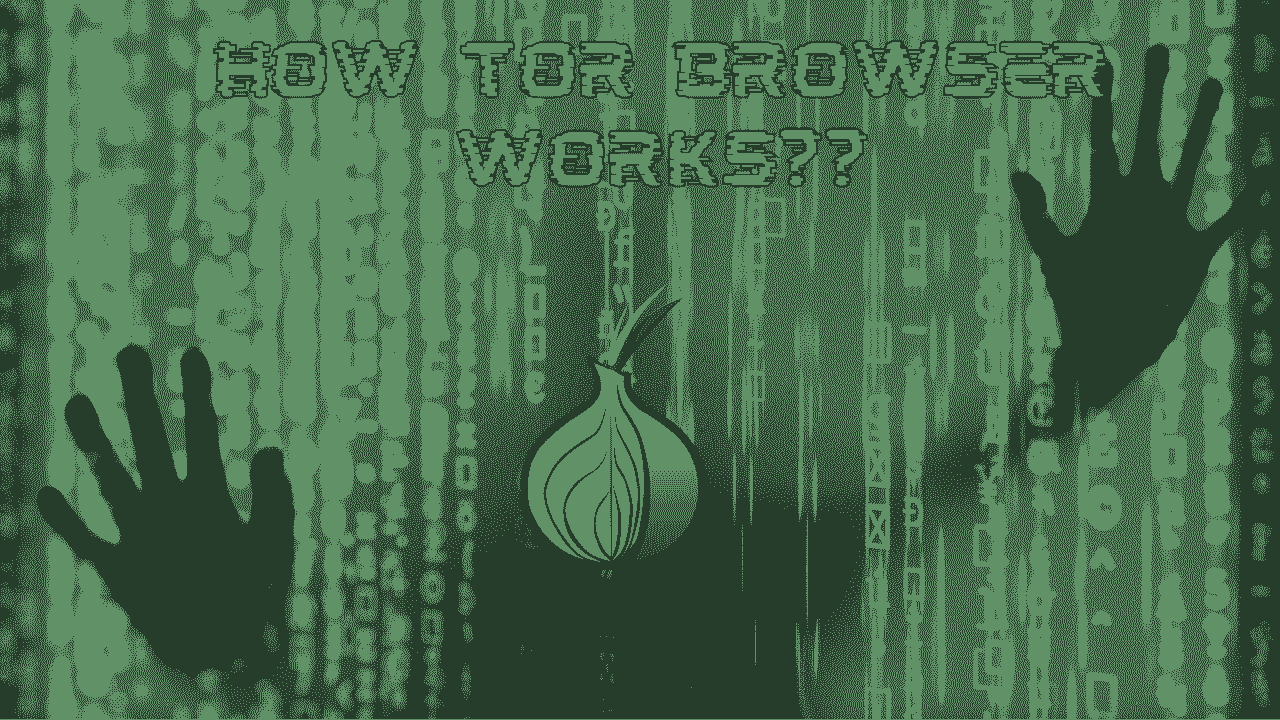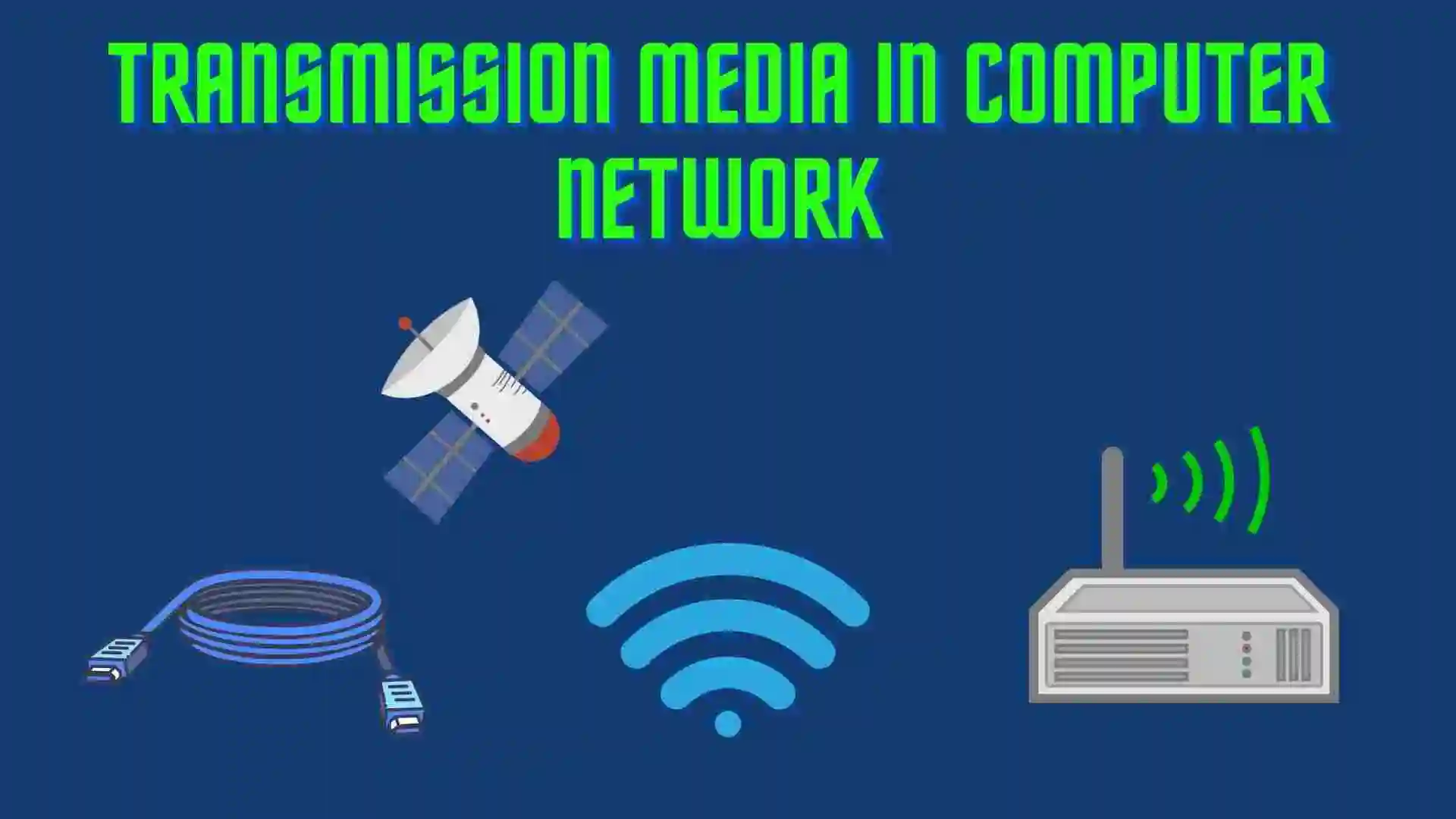In this blog, we will learn about the SOC (Security Operations Center). We will see what the functions are and what their advantages and disadvantages are for SOC. So let’s get started with the blog.
Table of Contents
- Introduction to SOC
- Responsibilities of Security Operation Center
- Advantages of SOC
- Disadvantages of SOC
- Difference between NOC and SOC
- FAQ
- Recent Articles on Cyber Security Tools
- Recent Articles on Computer Networks
Introduction to SOC
SOC stands for Security Operations Center. It is a centralized unit within an organization responsible for monitoring, detecting, analyzing, and responding to security incidents. The primary goal of a SOC is to protect the organization’s information systems, networks, and data from cyber threats.
The SOC is staffed with security professionals who have specialized knowledge and skills in areas such as incident response, threat intelligence, vulnerability management, and security analysis.
These individuals work together to ensure the organization’s security posture is maintained and any security incidents are promptly addressed.
Responsibilities of Security Operation Center
A Security Operations Center (SOC) is a centralized unit responsible for monitoring, detecting, responding to, and mitigating cybersecurity threats and incidents within an organization. The main goal of a SOC is to ensure the confidentiality, integrity, and availability of the organization’s information systems and data. The responsibilities of a SOC typically include:
- Monitoring and Analysis:
- Continuously monitor network traffic, system logs, and security events to identify potential security incidents.
- Analyze data and security events to detect abnormal or malicious activities.
- Incident Detection and Response:
- Detect and validate security incidents, alerts, and breaches based on established criteria and predefined security policies.
- Escalate and respond to security incidents promptly and appropriately, following incident response procedures.
- Threat Intelligence and Vulnerability Management:
- Collect, analyze, and apply threat intelligence to enhance threat detection and prevention capabilities.
- Identify and manage vulnerabilities in the organization’s systems and networks to proactively reduce the attack surface.
- Log and Event Management:
- Collect, aggregate, and correlate logs and events from various sources for analysis and investigation.
- Maintain centralized logging and reporting systems for better visibility into security events.
- Security Incident Handling and Investigation:
- Investigate security incidents, breaches, and anomalies to determine the extent of compromise and impact on the organization.
- Document and report incident details, findings, and remediation actions.
- Threat Hunting:
- Proactively search for potential security threats and vulnerabilities within the organization’s systems and networks.
- Use various tools, techniques, and threat intelligence to identify hidden or advanced persistent threats.
- Security Device Management:
- Configure, monitor and manage security devices such as firewalls, intrusion detection systems (IDS), intrusion prevention systems (IPS), and endpoint detection and response (EDR) solutions.
- Security Policy and Procedure Management:
- Develop, update, and maintain security policies, procedures, and guidelines in alignment with industry standards and best practices.
- Ensure compliance with regulatory requirements and internal security policies.
- Incident Reporting and Communication:
- Communicate security incidents, threats, and vulnerabilities to relevant stakeholders, including management, legal teams, and law enforcement if required.
- Prepare incident reports and conduct post-incident reviews to improve incident response processes.
- Security Awareness and Training:
- Conduct security awareness training and education programs for employees to enhance their understanding of security threats and best practices.
- Promote a culture of security within the organization.
- Continuous Improvement and Optimization:
- Regularly review and update SOC processes, tools, and technologies to improve efficiency and effectiveness.
- Conduct tabletop exercises and simulations to test incident response capabilities and identify areas for improvement.
- Collaboration and Coordination:
- Collaborate with internal teams such as IT, compliance, and risk management to ensure a holistic approach to security.
- Coordinate with external parties like incident response teams, vendors, and law enforcement for incident handling and threat intelligence sharing.
A well-functioning SOC is critical for an organization to effectively manage and mitigate security threats, minimize risks, and maintain a secure and resilient cybersecurity posture.
Advantages of SOC
A Security Operations Center (SOC) offers several advantages to an organization. Here are some of the key benefits:
A) Threat Detection and Response:
A SOC provides 24/7 monitoring of an organization’s networks, systems, and applications. This proactive approach helps in the early detection of security incidents, such as unauthorized access attempts or malware infections. By detecting threats early, the SOC can respond promptly, minimizing the impact and reducing the chances of a successful attack.
B) Incident Response and Mitigation:
When a security incident occurs, a SOC is well-equipped to respond effectively. SOC analysts have the skills and tools to investigate incidents, contain the threat, and mitigate its impact. Their expertise in incident response helps minimize downtime, prevent data loss, and restore normal operations quickly.
C) Centralized Security Management:
A SOC serves as a centralized unit for managing and coordinating an organization’s security operations. It consolidates security technologies, tools, and processes, making it easier to monitor and manage security events across the entire infrastructure. This centralized approach improves visibility and control, enabling more efficient and effective security management.
D) Real-time Threat Intelligence:
A SOC actively collects and analyzes threat intelligence from various sources. This includes monitoring security feeds, collaborating with external organizations, and staying updated on the latest attack techniques and vulnerabilities. By leveraging real-time threat intelligence, the SOC can proactively identify and respond to emerging threats, ensuring the organization’s defenses are continuously updated and optimized.
E) Incident Investigation and Forensics:
SOC teams have expertise in conducting thorough investigations of security incidents. They use techniques such as log analysis, network forensics, and malware analysis to understand the root cause, the extent of the damage, and the steps needed to prevent future incidents. These investigations provide valuable insights for improving security controls and implementing preventive measures.
F) Compliance and Regulatory Requirements:
Many industries have specific security regulations and compliance requirements that organizations must adhere to. A SOC helps in meeting these requirements by implementing security controls, monitoring compliance violations, and generating necessary reports and documentation. It ensures that the organization maintains a secure and compliant posture.
G) Continuous Improvement:
A SOC promotes a culture of continuous improvement in security. By analyzing security incidents, monitoring trends, and conducting regular assessments, the SOC identifies areas for improvement in the organization’s security posture. It helps in implementing best practices, updating security policies and procedures, and providing security awareness training to employees, fostering a strong security culture throughout the organization.
Overall, a SOC provides enhanced security capabilities, timely incident response, centralized management, and continuous improvement, helping organizations stay ahead of evolving cyber threats and safeguard their critical assets and information.
Disadvantages of SOC
While a Security Operations Center (SOC) offers numerous advantages, there are also some potential disadvantages that organizations should be aware of. These disadvantages include:
A) Cost
Establishing and maintaining a SOC can be a significant financial investment. It requires hiring and training skilled security personnel, implementing and maintaining security technologies and tools, and providing ongoing training and professional development. Small organizations with limited resources may find it challenging to bear the cost of setting up and operating a SOC.
B) Complexity:
SOC operations can be complex due to the diverse range of security technologies, tools, and processes involved. Managing and integrating these components can be challenging, requiring expertise in multiple areas such as network security, threat intelligence, incident response, and compliance. It may take time to build a mature SOC with well-defined processes and efficient workflows.
C) Skill Gap:
Finding and retaining skilled security professionals can be a major challenge. The demand for experienced SOC analysts and specialists often outpaces the supply, leading to a skills gap. Hiring and training competent staff members who possess the required technical knowledge and expertise can be time-consuming and expensive.
D) Scalability:
As organizations grow in size and complexity, the SOC needs to scale accordingly to handle increased security monitoring and incident response demands. Scaling a SOC involves deploying additional resources, upgrading infrastructure, and expanding the team. Ensuring that the SOC can effectively handle the organization’s growth can be a logistical and operational challenge.
E) Advanced Threats and Evolving Tactics:
Cyber threats are constantly evolving, with attackers using sophisticated techniques to bypass traditional security defenses. SOC teams need to stay up to date with the latest threat intelligence and continually upgrade their skills and tools to effectively detect and respond to emerging threats. Failure to keep pace with the rapidly evolving threat landscape can render a SOC ineffective.
Despite these challenges, organizations can mitigate the disadvantages of a SOC by carefully planning and strategizing their implementation, partnering with managed security service providers (MSSPs) for cost-effective solutions, and regularly assessing and improving SOC operations to address emerging threats and technologies.
Difference between NOC and SOC
| NOC (Network Operations Center) | SOC (Security Operations Center) |
|---|---|
| The primary focus of a NOC is to monitor and manage the overall health, performance, and availability of the organization’s IT network infrastructure and systems. NOCs are concerned with network uptime, bandwidth utilization, and ensuring smooth operations. | The main purpose of a SOC is to monitor and manage the organization’s security posture. It focuses on identifying and responding to security threats and incidents, ensuring the confidentiality, integrity, and availability of data, and protecting against cyber-attacks. |
| Responsibilities include monitoring network devices (routers, switches, servers), optimizing network performance, troubleshooting network issues, managing network configurations, and ensuring network availability and reliability. | Responsibilities include monitoring security events, analyzing threats, detecting and responding to security incidents, managing security devices (firewalls, IDS/IPS, SIEM), threat intelligence analysis, vulnerability management, and incident response. |
| The data analyzed is mainly for optimizing network performance and availability. | data is analyzed to detect potential security threats and incidents. |
| Deals with network alerts related to performance degradation, outages, and network device malfunctions | Deals with security alerts related to potential cyber threats, suspicious activities, and security breaches |
| Collaborates closely with IT operations, ensuring network health aligns with business objectives and operational requirements. | Collaborates with IT operations but primarily focuses on security-related collaboration, working closely with incident response teams, legal, compliance, and risk management. |
Note: This blog is mainly referenced from the TechTarget Security Operations Center
FAQ
SOC stands for “Security Operations Center.”
SOC stands for Security Operations Center. It is a centralized unit within an organization responsible for monitoring, detecting, analyzing, and responding to security incidents. The primary goal of a SOC is to protect the organization’s information systems, networks, and data from cyber threats.
The responsibilities of SOC are as follows:
1) Monitoring and Analysis
2) Incident Detection and Response
3) Threat Intelligence and Vulnerability Management
4) Log and Event Management
5) Security Incident Handling and Investigation
6) Threat Hunting
7) Security Device Management
8) Security Awareness and Training
9) Collaboration and Coordination
Recent Articles on Cyber Security Tools
- Dirb Command Kali Linux | Dirb: A Web-Content Scanner
- Introduction to Burp Suite | How to Download Burp Suite in Linux
- What is Tmux? | Introduction to Tmux
- Introduction to Termux | Termux Introduction
- EyeZy: How to log in to other Emails without receiving a Notification.
- Nmap Scanning Tool in Cyber Security with Nmap Cheatsheet
- WPScan Full Tutorial in 10 minutes| How to scan with WPScan
- Modules and Components of Metasploit Framework
- Data Packet Capture and Filters in WireShark
- Tshark: An Alternative for WireShark and How to Use It
- SqlMap command in CyberSecurity | SQL Injection Attack Tool
- Hydra Tool Full Guide | Learn Hydra Command Tutorial
- John the Ripper Tool | How to crack the Password of Files
- Nikto Tool Web Vulnerability Scanner That Every Hacker Uses
Recent Articles on Computer Networks
- Introduction to Computer Networking | What is Computer Network
- What are Topology & Types of Topology in Computer Network
- What is FootPrinting in Cyber Security and its Types, Purpose
- Introduction to Cloud Computing | What is Cloud Computing
- Distributed Shared Memory and Its Advantages and Disadvantages
- What is a VPN? How does a VPN Work? What VPN should I use?
- What is an Internet and How the Internet Works
- What is a Website and How Does a Website or web work?
- Introduction to Virus and Different Types of Viruses in Computer
- What is TCP and its Types and What is TCP three-way Handshake
- What is the UDP Protocol? How does it work and what are its advantages?
- What is an IP and its Functions, What is IPv4 and IPv6 Address
- What is MAC Address and its Types and Difference MAC vs IP
- What is ARP and its Types? How Does it Work and ARP Format
- Sessions and Cookies and the Difference Between Them
- What is ICMP Protocol and its Message Format?
- What is Big Data? Characteristics and Types of Big Data
- Disciplines of CyberSecurity | What are the goals of CyberSecurity?
- What is Firewall, Features, Types and How does the Firewall Work?
- Network Scanning, Types, and Stealth Scan in Computer Network
- Cryptography and its Types in Ethical Hacking
- Tor Browser and How Does It Work | Onion Router Tutorial
- Proxy Server, Advantages, Difference between Proxy Server & VPN
- DHCP Protocol and What Are the Pros and Cons of DHCP
- Intrusion Detection System(IDS) and What are the types of IDS
- Domain Name Server, How Does It Work, and its advantages
- Telnet: Introduction, How Does it Work, and Its Pros and Cons
- What is SIEM? | What is the Difference between SIEM and SOC?
- Application Layer in OSI Model | OSI Model Application Layer
- What is SSL Protocol or SSL/TLS and SSL Handshake, and Architecture of SSL
- What are Servers, how do they work, and its different Types
- Network Devices-Router, Switch, Hub, etc in Computer Network
- Connection Oriented and Connection-less Services in Network
- Physical Layer in OSI Model | OSI Model Physical Layer
- Presentation Layer in OSI Model | OSI Model Presentation Layer
- Session layer in OSI Model | OSI Model Session layer
- Transport Layer in OSI Model | Computer Network Transport Layer
- Network Layer in OSI Model | OSI Model Network Layer
- Data Link Layer in OSI Model | OSI Model Data Link Layer
- Block Diagram of Communication System with Detailed Explanation




